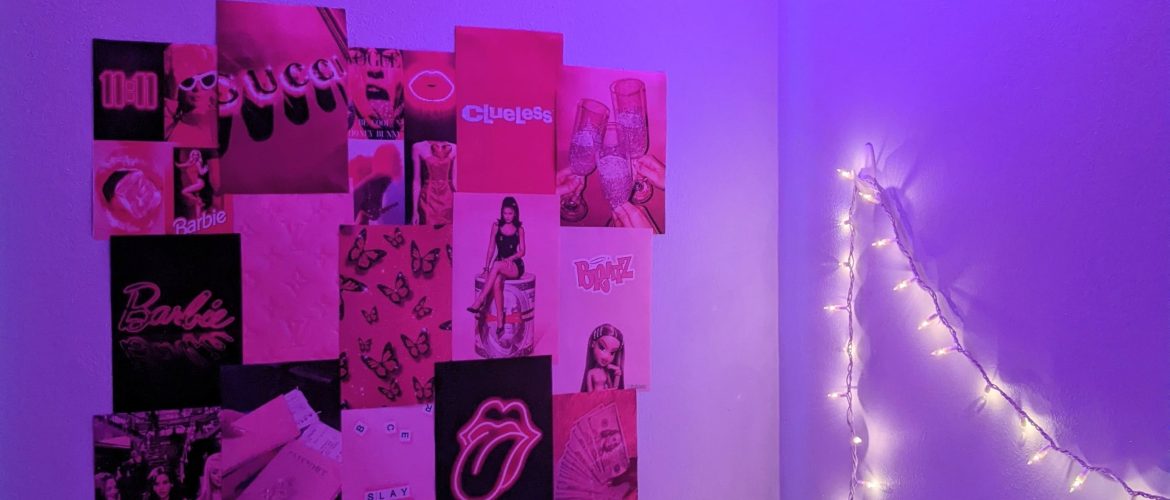
It’s the semiconductor utilized to make the LED chip. It determines the colour. The most common chips utilize indium gallium nitride (InGaN) to produce blue LEDs and gallium-aluminum-arsenide-phosphide (GaAlAsP) to create orange, yellow, and green LEDs.
The visible spectrum consists of a wider spectrum which, in the case of phosphors, produce. The higher CRI is, it is more accurate the colours of objects are represented.
Light Emitting Diode technology
The light emitting diodes consist of the semiconductor, which permits current flow only in one direction. They’re highly efficient in making electricity visible.
The atoms within the p type material receive electrons from the different types. They then sink into holes in the p-type material. This releases electromagnetic radiation that is in the form of photons.
LEDs are heavily doped in the p-n junction by certain semiconductor materials that produce different colors of light. This is what gives LEDs their unique color, and what sets them against other lighting sources like lasers. Their epoxy shell serves as a lens, directing the light that is emitted by the junction of p-n to one spot at the highest point.
Color Temperature
The color temperature of LED lighting is measured as Kelvin (K). The different color temperatures result in various colors of white. The color temperature and intensity of light can play a role in the ambiance that is created by lights.
Warm LED lighting is similar to incandescent bulbs. They are ideal in areas of residential or places in which comfort is required. Cool LED lights (3000K-4900K) give off a bright white or yellowish color and are perfect for bathrooms, kitchens and workspaces. The daylight (up to the 5000K) light creates a blueish-white shade that is often utilized for commercial purposes.
The spectral emission of the LED differs than the crisp curve that is typical of the incandescent lamp because it is oblong in shape because of the pn junction structure in the semiconductor. The result is a shift in the emission peak as it moves with the current operating.
Color Rendering Index (CRI)
The CRI is the ability of the light source to precisely render hues. A higher CRI rating is vital because it enables people to see the colors of objects in the way they ought to appear.
The most common method of determining CRI is by comparing an experiment light source with sunlight or another reference illuminator that is rated 100 percent perfect. The ColorChecker is a graph that can be used for calibrating hues.
In the search for LEDs it’s recommended to select those which have a CRI higher than 90. This can be a great option for applications where accurate colour rendering is essential like retail stores or art galleries, as well as jewelry displays. High CRI also helps in achieving more natural lighting in homes as well as a more relaxing environment.
Full Spectrum as opposed to. Narrow Spectrum
Though many LEDs are touted to have a broad range of colors, the actual spectral output varies according to the light source used one. Certain LED lights, for example, have various phosphors to produce distinct shades and wavelengths. If they are combined, they produce white lights. It can have a CRI greater than 80 and is commonly referred to as a broad spectrum light.
Others LED lights employ a single type of phosphor to power their entire LED. These are typically monochromatic and therefore do not satisfy the needs for transmission-fluorescence microscopy. Lights with narrow spectrums are prone to flood the canopy of the plant and ignore leaflets below, which is challenging in certain plants, like that of Cranefly Orchid (Tipularia discolor). Also, narrow spectrum LEDs lack wavelengths needed for photosynthesis which causes poor growth.
Apps
One of the biggest issues in the fabrication of LEDs is the maximization of light generation within the hybrid semiconductor materials as well as the den led am dat effective removal of the light into the environment outside. Because of the total internal reflections, just a small percentage of the light generated isotropically inside the semiconductor is able to escape the surface.
Through varying the energy band gap of the semiconductor used for their fabrication, the emission spectrum of LEDs with different kinds of LEDs can be altered. The most common diodes use a mixture of periodic table Group III and Group V elements such as gallium nitride, SiC, ZnSe, or GaAlAsP (gallium aluminum arsenic, phosphide) in order to create the desired wavelength bands.
For efficient fluorescence excitation, many fluorescent microscopy systems require the use of powerful LEDs with small emission ranges. Modern LED lamphouses incorporate individually adjustable modular LED modules that let the user select the wavelength that is required for an application.